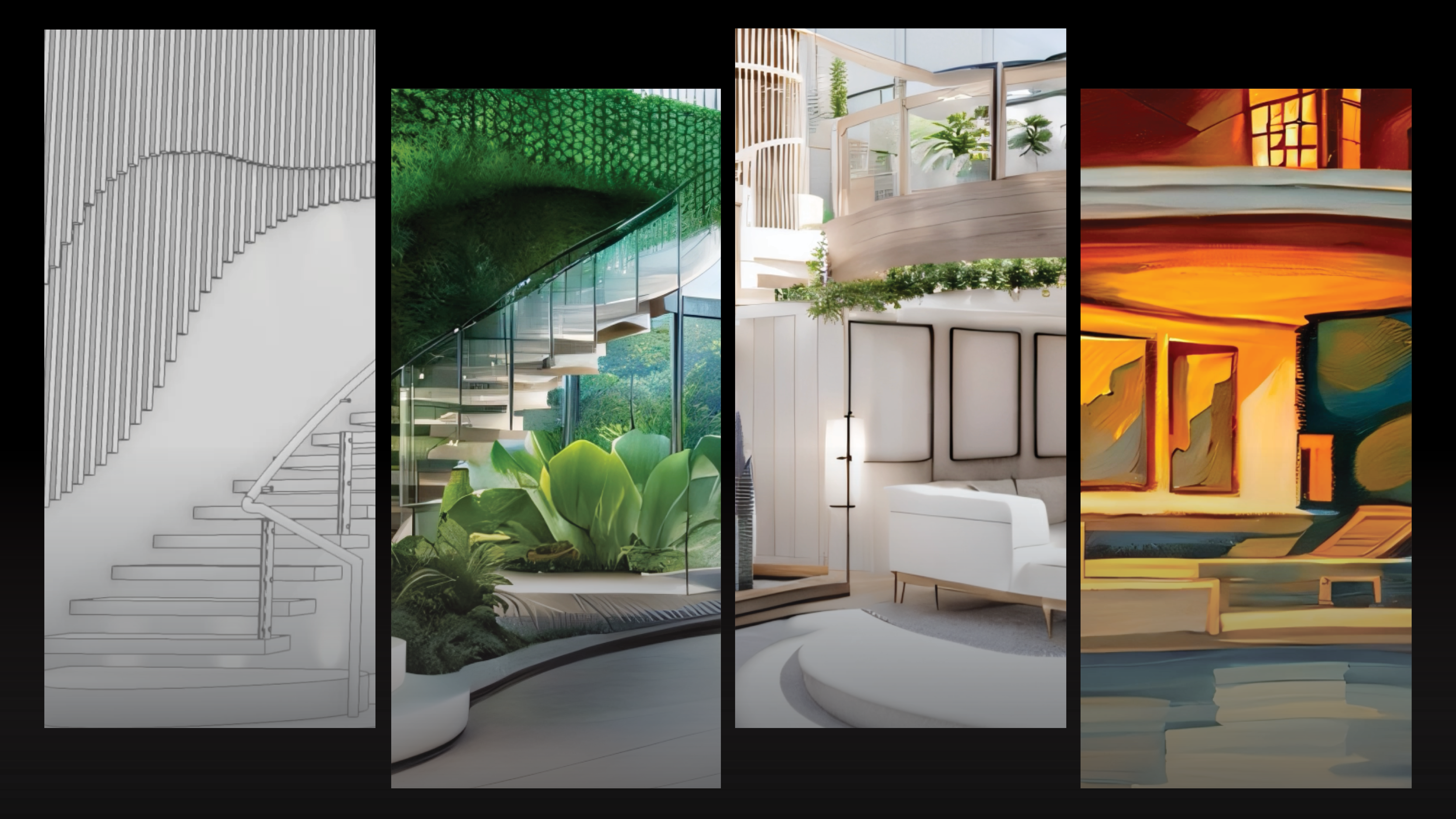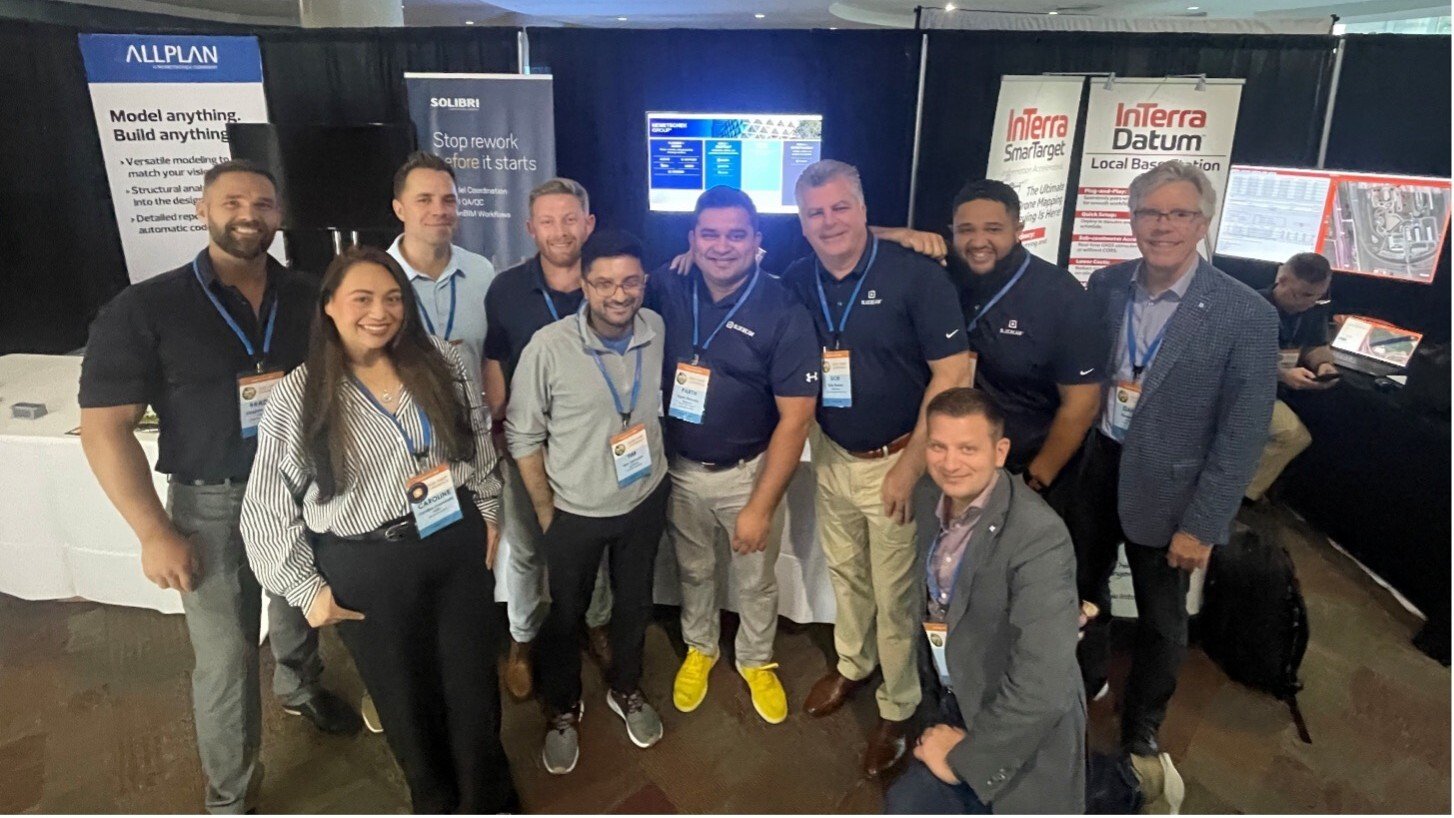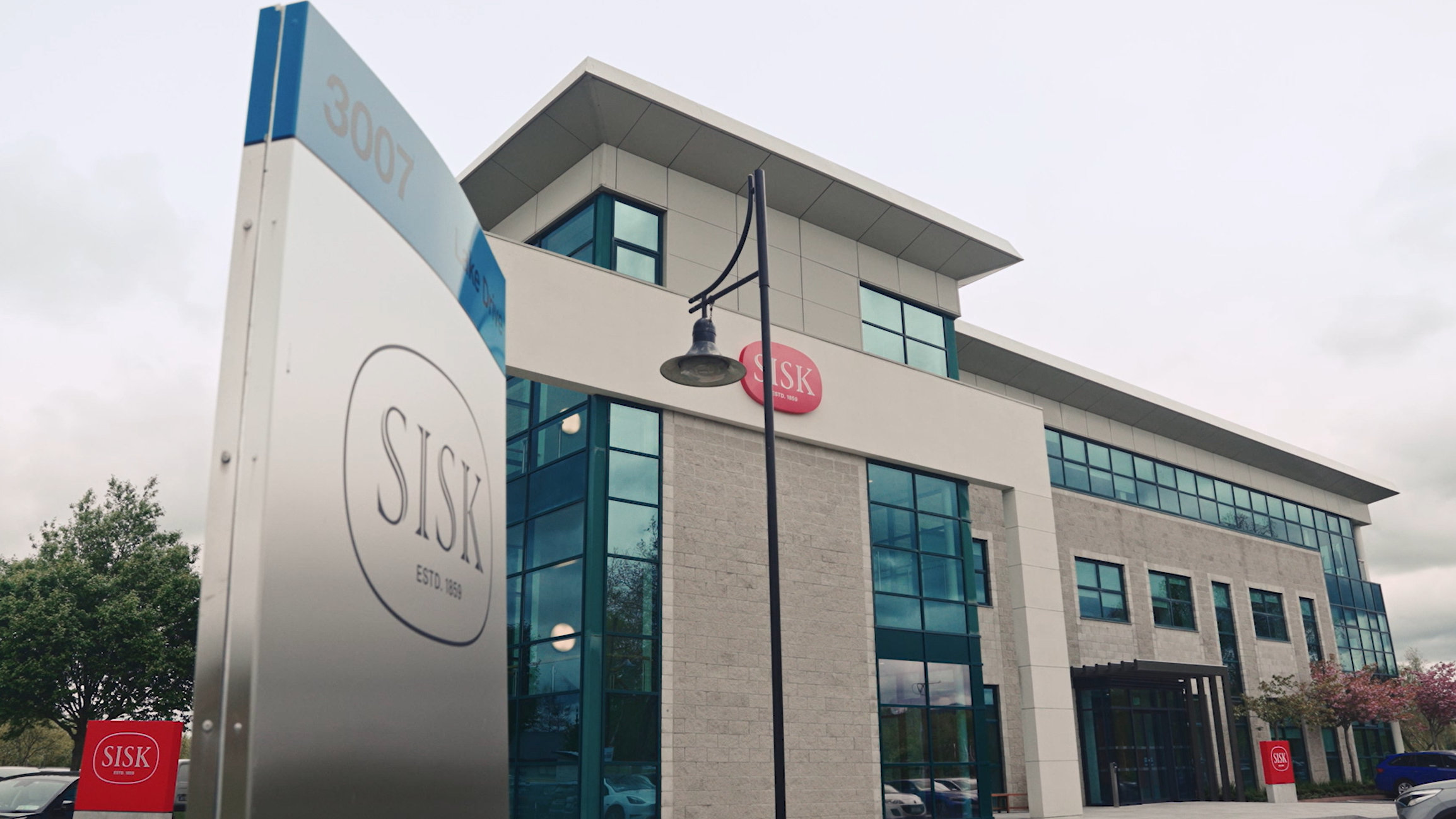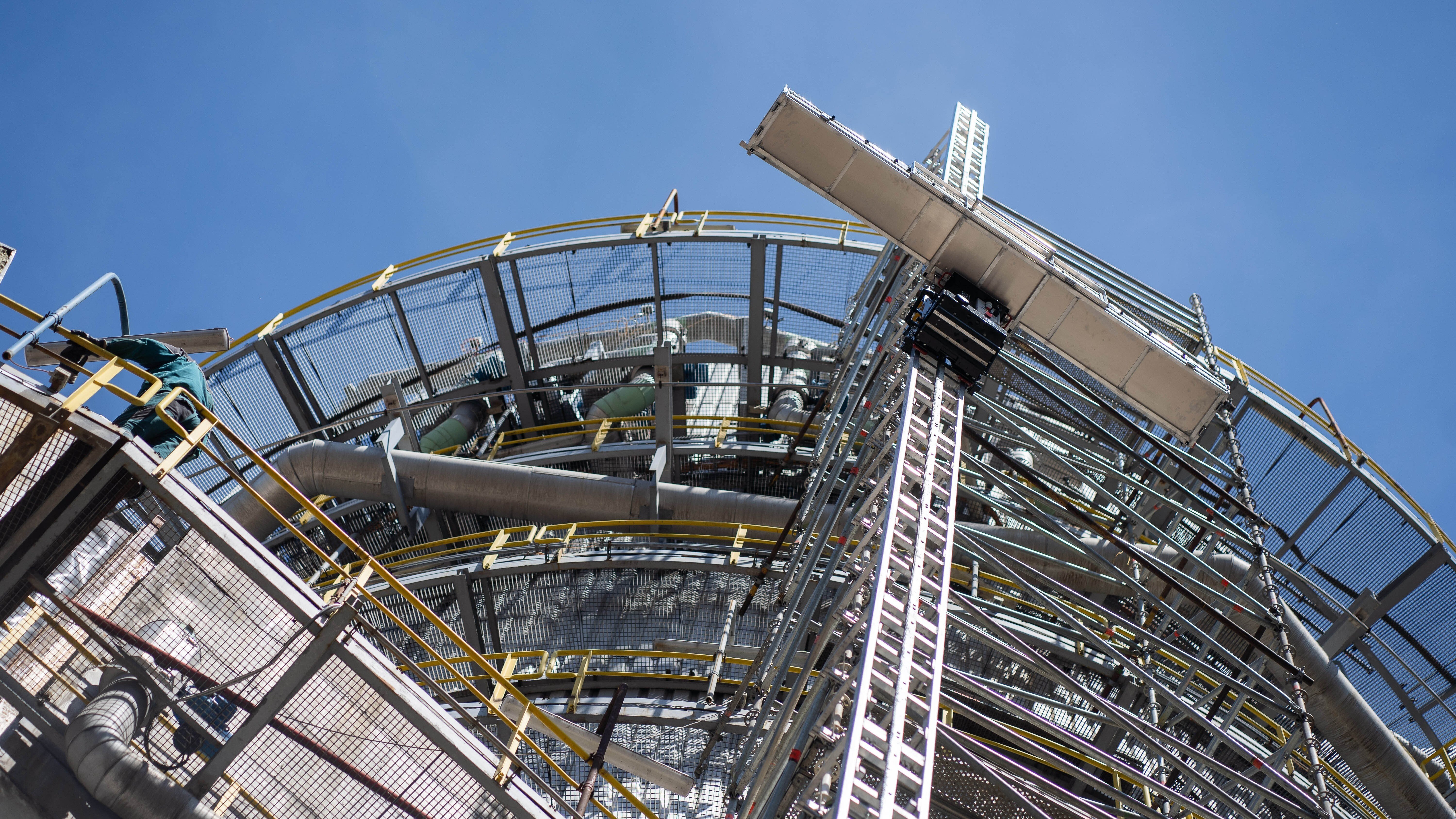Key Technologies Shaping the AEC Industry in 2025 and Beyond
The AEC industry is on the brink of a major transformation driven by rapidly evolving digital technologies. A new report from Vectorworks, Inc. sheds light on these emerging trends and what professionals across the industry anticipate for the future.
Author
Rubina Siddiqui
Assoc. AIA, Senior Product Marketing Director Vectorworks
This article belongs to the collection Innovation.
To the topic pageThe AEC industry is undergoing a digital transformation, with Building Information Modeling (BIM), artificial intelligence (AI), augmented and virtual reality (AR/VR), and sustainable design leading the way. Our new report from Vectorworks, Inc. gathers insights from over 500 AEC professionals on these trends, highlighting their current impact and future potential:
BIM: The Industry Standard
BIM continues to be the most widely adopted digital technology in the AEC sector, with 68% of professionals already using it. Among those yet to adopt BIM, 38% plan to integrate it within the next five years. The reason for its dominance? BIM centralizes project data, enhances collaboration, and improves overall efficiency, leading to high return on investment (ROI) –transforming how we design, build, and collaborate.
Client demand also drives BIM adoption, with 35% of respondents stating that clients have specifically requested BIM integration in their projects. As digital workflows become the norm, BIM’s role in the industry will only expand.
AI’s Growing Influence
Artificial intelligence is making strides in the AEC industry, though it is not yet as prevalent as BIM. The report indicates that 50% of respondents already see AI as moderately to extremely present in their workflows, while 86% anticipate widespread AI adoption within the next decade.
The advantage of AI lies in its low barrier to entry. Unlike BIM or AR/VR, many AI-driven solutions – such as Vectorworks’ AI Visualizer – can be implemented without significant time or financial investment. As AI tools become more tailored to industry needs, they are expected to revolutionize efficiency, automation, and decision-making processes.
AR/VR: A Game-Changer with Challenges
Augmented and virtual reality are gaining traction, but their adoption comes with challenges. Unlike AI, which requires minimal resources to implement, AR/VR requires investments in software, hardware, and training. According to our report:
-
➡️ 57% of adopters required new software.
-
➡️ 50% needed employee training.
-
➡️ 50% had to invest in new hardware.
-
➡️ 40% had to adjust project requirements to accommodate AR/VR workflows.
Despite these hurdles, AR/VR is proving valuable for project visualization, client presentations, and immersive design experiences. As technology becomes more accessible, these tools are expected to become standard in the industry.
Sustainable Design: A Top Priority
Sustainability is a growing priority in the AEC sector, especially as global climate commitments like the AIA 2030 Commitment and RIBA 2030 Climate Challenge approach their deadlines. The report highlights that nearly 50% of professionals who have not yet adopted sustainable design analysis tools plan to do so within five years—the highest adoption rate among all emerging technologies.
Solutions like Vectorworks’ Embodied Carbon Calculator (VECC) are helping firms analyze and reduce their projects' environmental impact. As sustainability expectations continue to rise, the demand for these tools will only increase.
Overcoming Adoption Barriers
While technology adoption is accelerating, training remains the biggest challenge. Many professionals recognize the value of digital tools but struggle to find the time and resources for implementation. We’re reaching a point where adopting new technology is non-negotiable. The challenge is implementing these tools without disrupting daily billable work. At Vectorworks, we focus on delivering solutions that enhance workflows rather than redefine them.
The Future of AEC Technology
The AEC industry is evolving rapidly, and professionals must stay ahead by integrating these technologies into their workflows. While BIM continues to dominate, AI, AR/VR, and sustainable design analysis are emerging as critical tools for the future. Overcoming adoption barriers will be key to unlocking the full potential of these innovations.
For a deeper dive into these insights, download the full report from Vectorworks.





